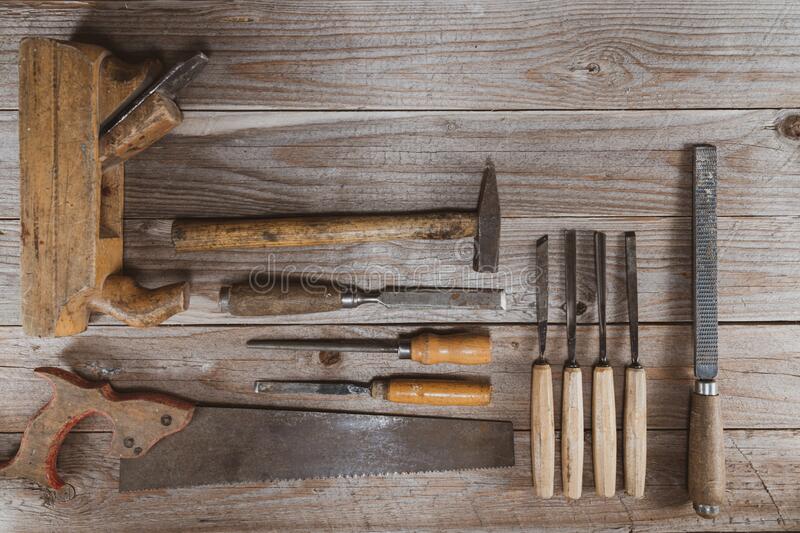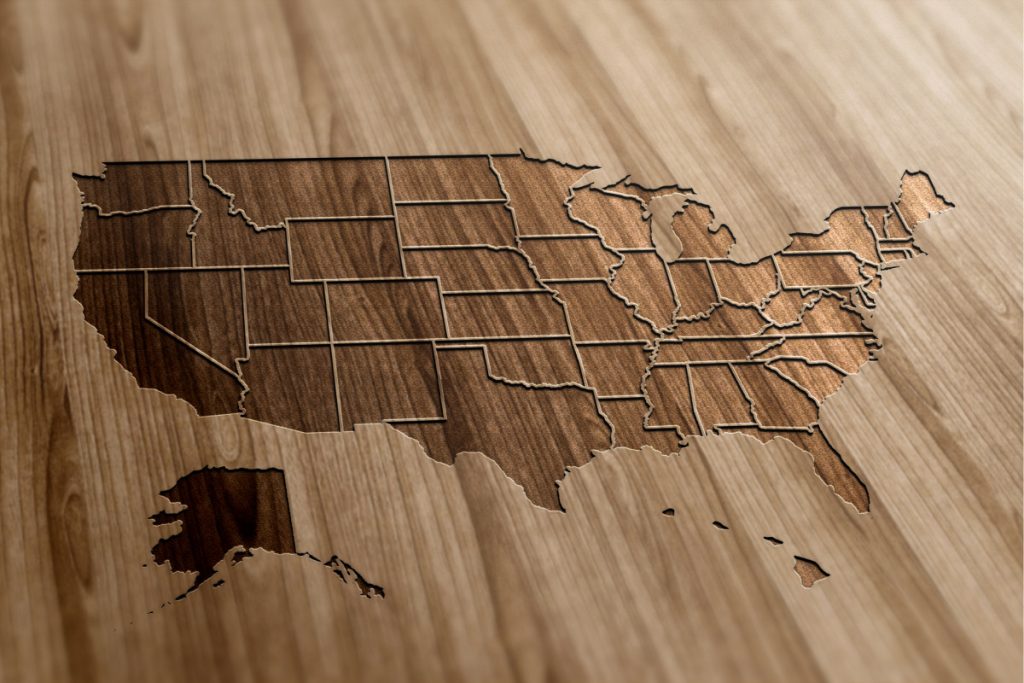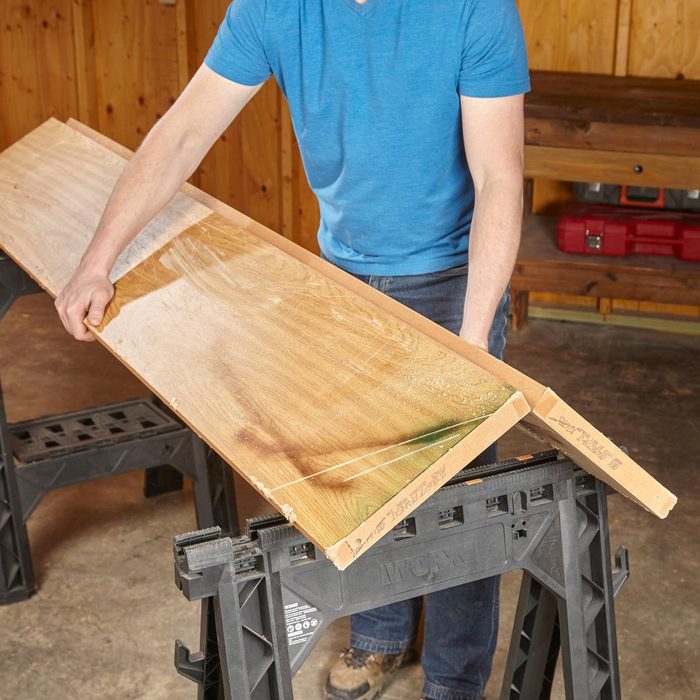
How can you price woodworking projects correctly? How do you price woodworking projects? How can one-off or small-scale projects be priced? Here are some simple tips to help you get started. This article will help you price your woodworking projects. You should also keep in mind that woodworking projects can involve a wide range of secondary materials. Here are some tips to help you determine how much you should charge your customers for materials and labour.
Material cost
Even though you may have heard about various woodworking tools and material, it can be hard to figure out how much it will run to build a project. Most woodworkers use the term "file" generically to refer to any tool of that type. For woodworking supplies, rough-sawn board is a necessary tool. However, beginners should be able to mill the boards so that they are flat and straight. Woodworking tools such as thicknessers and surface planers can range in price from about $6 to over $50.

Cost of labour
Prospects who are interested in woodworking frequently ask about the labor cost. A typical woodworking job can include up to four components. The cost of woodwork can vary depending on the wood type and may range from 350 to 800 psf. A hand-made carcass will likely cost 25-30% less than one made by a manufacturer. You can use a small number of materials to keep your costs down.
One-off pieces: Material costs
There are many options to lower the cost of making one-off pieces of furniture, gifts, or other woodwork projects. One of the most common ways to do this is by using secondary woods. Cabinet backs, drawer boxes and dust frames can all be made of cheaper wood species. Poplar, which is less expensive than other woods, won't affect functionality or durability.
Small-scale projects are more expensive than large ones.
Before you can determine the labor costs for a small-scale project in woodworking, you need to know the demographics. These are the following: age, gender and prominent income source. These details will allow you to strike the right balance between profiting and selling. A higher price product will result in a greater profit margin.

Cost of materials for large-scale projects
In addition to the cost of timber and board materials, you will also need to account for the miscellaneous costs. These costs account for around 25% to 25% of project total cost. You should price your projects at most a few percentage points higher than their actual costs. To figure out the actual cost of the materials for large-scale woodworking projects, you will have to use both methods.
FAQ
Is it hard to start my own woodworking business?
Starting your own woodworking business isn't easy. There are many requirements and regulations that must be followed. But, this doesn't mean you need to go through all of the trouble of setting up your business. Many people choose to join existing businesses. This allows you to join existing businesses and pay only membership fees.
What wooden items sell well?
These wooden products are the most popular. They were made from sustainably harvested wood.
Oak, cherry and mahogany are the most sought-after wood types for furniture.
These woods are very strong, but they also have beautiful grain patterns and colors. If they are well cared for, they can last many years.
To prevent moisture damage, wood furniture should always first be painted. This covers all surfaces, drawers included, as well as doors and handles.
Paint that is water-resistant will ensure furniture lasts for a long time.
A high-quality oil-based primer should be used, followed by two coats with top coat. It is possible to apply multiple coats depending on how heavy the wear.
Spray cans or aerosol paints should be avoided. These products contain solvents that evaporate quickly and leave behind harmful fumes.
How long does a piece take to finish?
It depends on which wood you choose, how complicated your design is and what amount of finishing you apply. Hardwoods, for example, require more maintenance than softwoods. Hardwoods are more expensive than other woods. They last longer and are more resistant to moisture. It takes between one and three months to finish a piece.
What should a woodworker be paid per hour?
The hourly rate for a professional woodworker varies depending on many factors, including skill level, experience, availability, location, and other variables.
An average hourly rate for skilled woodworkers ranges between $20-$50.
A woodworker with less experience may be able to charge $10 an hour.
Statistics
- Most woodworkers agree that lumber moisture needs to be under 10% for building furniture. (woodandshop.com)
- If your lumber isn't as dry as you would like when you purchase it (over 22% in Glen Huey's opinion…probably over 10-15% in my opinion), then it's a good idea to let it acclimate to your workshop for a couple of weeks. (woodandshop.com)
- The best-paid 10 percent make $76,000, while the lowest-paid 10 percent make $34,000. (zippia.com)
- Overall employment of woodworkers is projected to grow 8 percent from 2020 to 2030, about as fast as the average for all occupations. (bls.gov)
External Links
How To
Tips on how to drive a nail in wood
It is essential to pick the right size and style of hammer before you can drive a nail in wood. The most commonly used types of Hammers are claw hammers. Each type of hammer comes with its advantages and disadvantages. A claw hammer, for example, is the best choice if you need to hit nails hard. However, it's not easy to know exactly where the impact will land. A sledgehammer is useful for striking large areas at once but too heavy to be effective for smaller tasks.
After choosing the right hammer, place your hand flat against the side of the head so that the handle rests comfortably in your palm. Take the handle and hold it with both hands. But don't press down so hard you injure yourself. Hold the hammer straight up, keeping your wrist relaxed. Now, move the hammer towards the center of the nail by swinging it back. You should feel the impact from the hammer striking a nail. Try swinging a hammer using a block wood to practice until you are comfortable.
The hammer should be held close to your body when you are ready to begin driving the nail. The nail should be perpendicular to wood's surface. Keep your focus on the tip of each nail. Swing the hammer forward, then follow through with the motion of the hammerhead. Continue this motion several times, slowly increasing the speed of each swing. When you are confident with the technique, add power to your swings. Then, raise the hammer from your shoulder to bring it down. You'll have more energy to work with.
Once you have made the first hole, remove your hammer. To pull out the remaining nails, use a screwdriver or pry bar. To prevent splitting the wood, ensure you keep the nail heads flush against the board's surface.